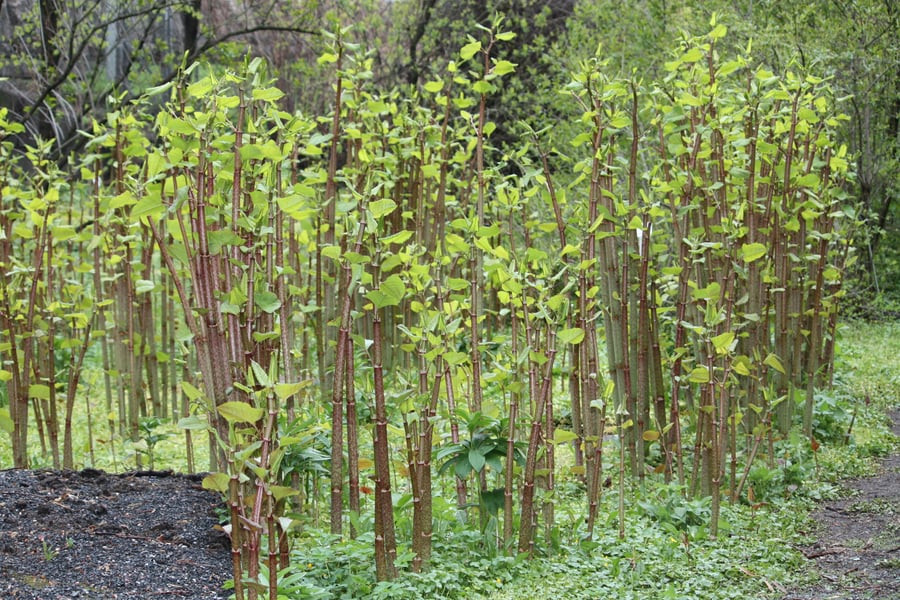Homeowners who live near watercourses are particularly at risk.

England’s fifth wettest autumn on record in 2019will have prompted the spread of invasive plants such as Japanese knotweed, Giant Hogweed and Himalayan Balsam according to Environet UK.
Homeowners who live near watercourses have been warned that they are particularly at risk and should be vigilant for new infestations appearing this spring.
Those in areas hit by severe flooding in recent months such as Yorkshire, the East and West Midlands and parts of South East and South West England, are also at particular risk.
Nic Seal, founder and managing director at Environet UK, said:“Homeowners whose homes and gardens have been flooded this autumn and winter should be extra vigilant for signs of invasive plants which may have hitched a ride to new locations on or near their property.
“If identified and dealt with quickly, removing them will be more straightforward, but new infestations can become a major problem if left unchecked and allowed to become established.
“People with properties that back on to watercourses are particularly at risk and should move quickly to assess any new green shoots as they emerge this spring.”
Most of England received above average rainfall in October, with some areas receiving double their average monthly total according to the Environment Agency.
Flooding is a significant cause of Japanese knotweed spread, when pieces of rhizome break away from the parent plant and are carried away before taking hold in new locations.
Once established, they quickly spread and are very difficult to remove, posing a threat to nearby homes and property.



